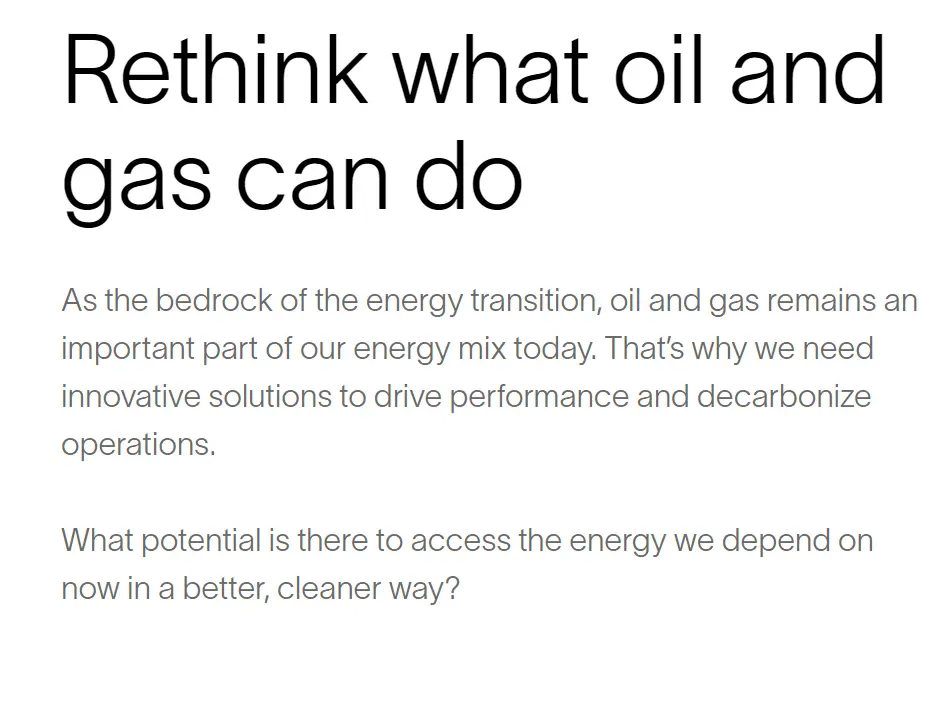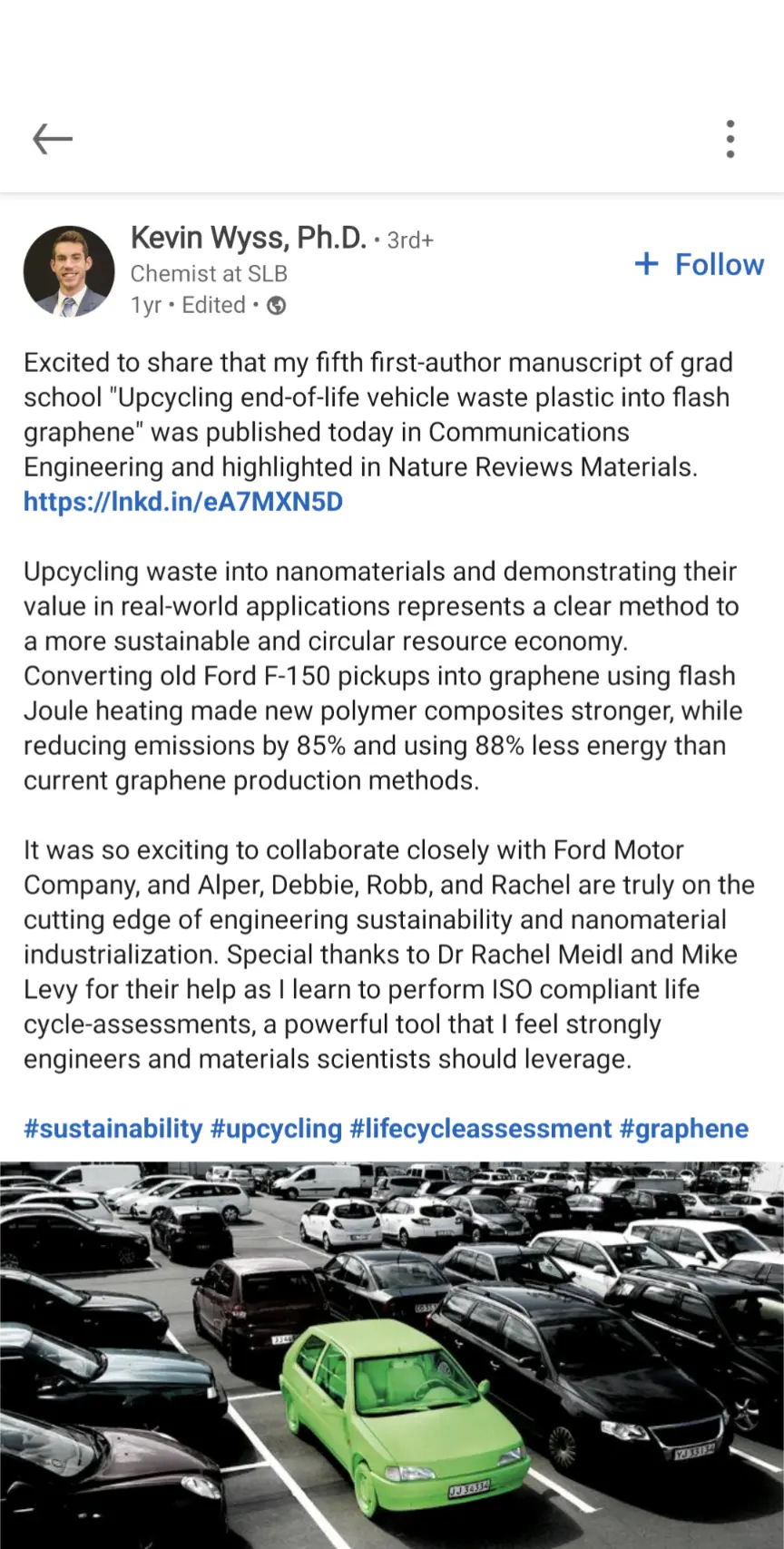Sounds promising but remember that when there's news of hydrogen, there's a fossil fuel company behind it
This is from SLB, the company that Kevin Wyss works for. Took about 30 seconds of googling to find out that it's essentially a greenwashing fossil fuel company

hold up it's actually the biggest offshore drilling company in the world. lol, lmao even https://en.wikipedia.org/wiki/Schlumberger

